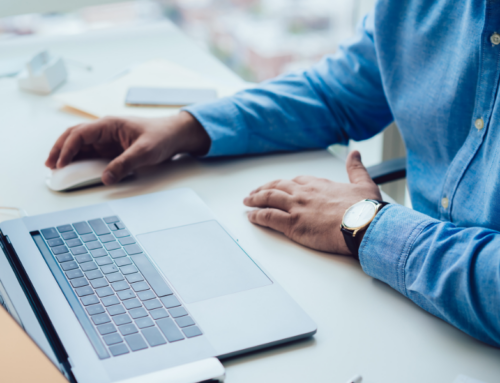
If you’ve set your sights on publishing your book this year, congratulations! You’re already one step closer to making your dream a reality. With thousands of authors joining the self-publishing space, it’s essential to approach the process with a strategic plan. To set yourself apart and publish a professional-quality book, follow this updated self-publishing checklist for success.
Editing: Perfecting Your Manuscript
Editing is one of the most critical steps in the self-publishing process. A well-edited book not only enhances readability but also ensures your audience takes you seriously as an author. A poorly edited book risks bad reviews and lost readers, no matter how compelling the story.
Editing involves multiple stages, each crucial for producing a polished manuscript:
Self-Editing: Begin by reviewing your own work. Use tools like ProWritingAid or Grammarly to catch basic grammar, spelling, and style issues.
Beta Readers: Platforms like Scribophile or BookSirens can connect you with beta readers who provide constructive feedback.
Professional Editing: Invest in expert services for:
Developmental Editing: Big-picture improvements, including structure and pacing.
Copyediting: Refining language, sentence structure, and consistency.
Proofreading: Correcting minor errors in grammar, punctuation, and formatting.
Book Design: Judging by the Cover (and Beyond)
They say not to judge a book by its cover, but readers absolutely will. Your cover is your book’s first impression, and it needs to stand out both in physical stores and as a thumbnail online.
Here’s what to focus on:
Cover Design: Hire a professional designer who understands your genre’s expectations while creating something unique. Tools like Canva can be helpful for simple promotional graphics but rely on experts for your actual cover.
Interior Layout: A beautifully designed interior is just as important as the cover. Tools like Atticus or Adobe InDesign are great for layout and formatting.
Ebook Formatting: Ensure your book is formatted in both EPUB and MOBI for maximum compatibility with Kindle, Apple Books, and other platforms. Don’t forget accessibility features like text scaling and screen-reader compatibility.
Distribution: Reaching Your Readers
Getting your book into readers’ hands is the ultimate goal. With today’s technology, there are more options than ever for distribution.
Distribution can fall under two categories: print and ebook. Each has its own considerations and timelines. There’s also the direct-to-reader sales page, which allows you to sell your book—print or ebook—directly to readers, cutting out the wholesaler or distributor and putting more net profit in your pocket. The direct-to-reader sales page can be used in conjunction with print and ebook distribution or as your only distribution model.
eBook Distribution: Getting your ebook—and the correct files for the correct ereaders—into as many retailers as possible is a must.
Print Distribution: Print distribution falls under two types: print-on-demand (POD) and expanded. Expanded is similar to the traditional model, where books are printed ahead of time and stored in a warehouse, rather than being printed as needed.
Marketing: Building Buzz and Momentum
Marketing your book is an ongoing process that begins long before publication and continues after your book is live. Think of marketing as building a relationship with your readers.
For pre-launch strategies:
- Build Your Author Platform: Use social media, an author website, or a Substack newsletter to connect with readers.
- Engage on Social Media: Platforms like Instagram (Reels) and TikTok (#BookTok) are powerful tools for reaching your audience. Share behind-the-scenes content, excerpts, and book-related updates.
- Set Up Pre-Orders: Offer your book for pre-order on Amazon or your own website to create buzz and early sales.
When it comes to launch and post-launch marketing:
- Collaborate with Influencers: Partner with Bookstagrammers or TikTok influencers for reviews and promotions.
- Email Marketing: Build and engage an email list with updates and exclusive content.
- Leverage Reviews: Encourage early readers to leave honest reviews on Amazon and Goodreads.
The Self-Publishing Checklist
Ready to get started? Get the pdf of this graphic by clicking to open, then save.
Discover more from Mill City Press
Subscribe to get the latest posts sent to your email.













Leave A Comment